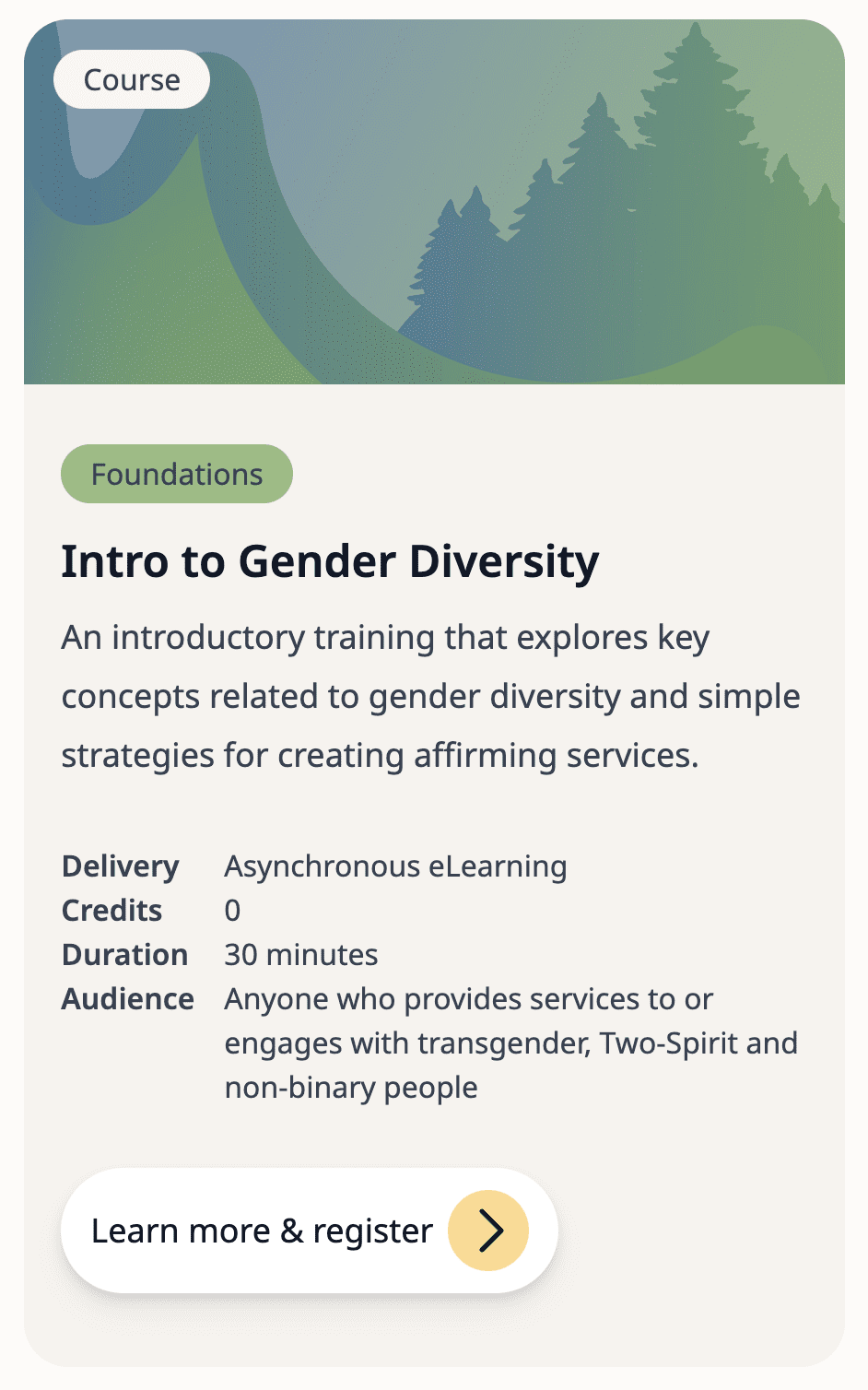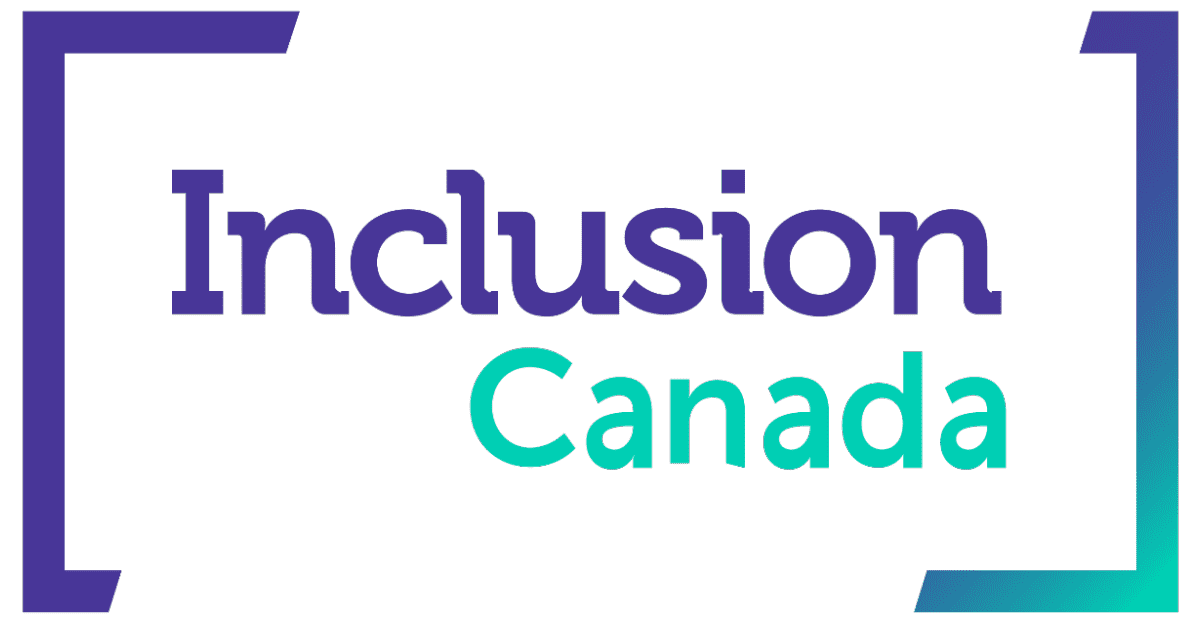A tool that no longer fits community needs
Facing barriers to education
Trans Care BC’s user base is highly diverse. Their courses and educational resources are accessed by healthcare providers as well as service users and community members within and outside of BC. Their previous platform was designed primarily to support Human Resources and occupational training for health authority employees. This was reflected in its visual design and functionality. It required a complex registration process in order to access learning materials and its appearance gave the impression that courses were intended for health authority use exclusively.
As many Two-Spirit, trans, and gender diverse (TTGD) people have historically had negative experiences with the healthcare system, this user experience posed a significant barrier for community members and impacted course registration.
Trans Care BC needed a new platform and aesthetic that served the needs of their multiple audiences and community members.
Multimodal learning
Reducing barriers for all potential learners
To serve its community beyond healthcare workers, Trans Care BC wanted to provide a more accessible and user-friendly platform. This included reducing barriers in the registration process to make content more easily accessible. It also included making content accessible and inline with web content accessibility guidelines (WCAG). It was also important to facilitate transparency for potential learners. Trans Care BC wanted to ensure that users could preview a course catalogue and content before they registered.
Learning a new process and how to use a new tool can be arduous. Trans Care BC needed a learning management system (LMS) that balanced the needs of their users and the needs of their team. In addition to accessibility, it needed to be easy to update and manage administratively.
Meeting technical requirements
Having different user groups meant that the Trans Care BC registration needed to be customizable, depending on who was signing up. Although previously accessed entirely for free, as part of Trans Care’s sustainability plan, they wanted to implement a nominal fee to private sector learners. Leah Chang Learning (LCL) helped Trans Care BC select a new LMS that could support all of these needs and helped them migrate content from their previous LMS onto the new one.
In order to implement various technical components, LCL helped Trans Care BC to coordinate with the BC Provincial Health Service Authority (PHSA) and their Information Management/Information Technology Services (IMITS) regulations. Information security was a high priority to ensure a safe experience for learners, and LCL helped ensure that PHSA and Canadian data storage requirements were met.
A community resource
Accessibility often means that people can access the same information in different ways. Trans Care BC wanted to ensure that courses and learning offerings were easily searchable. LCL supported them through functions like tagging, course previews, and course descriptions without a log-in requirement. LCL also created a course catalogue, displayed dynamically through an open API, and facilitated different types of learning offerings such as synchronous and asynchronous modalities.
For clinicians completing continuing education, Trans Care BC collected additional information to help them acquire continuing medical education (CME) credits. Clinician facing courses were available to patients and supporters without the need to provide any additional information.
The results
Increased access, increased usage
By reducing barriers to training, Trans Care BC increased the number of learners and learner groups accessing their resources.
Clinician credits distributed
Trans Care BC’s streamlined resource supported more clinicians in gaining professional development credits.
Reduced administrative time
With a new streamlined resource, Trans Care BC staff spent less time on administrative tasks for their learning resources, allowing them to dedicate their time to other priorities.



